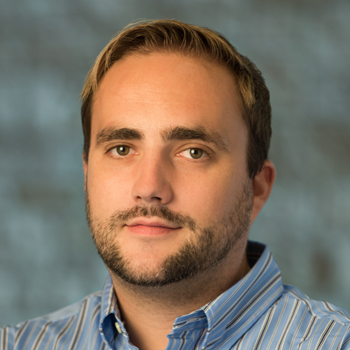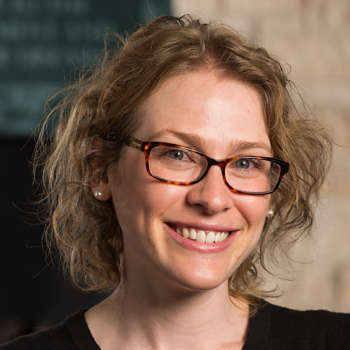News
15 April 2025
Light sheet microscopy: A decade-long journey from DIY innovation to cutting-edge imaging
A look at the technology that provides researchers with deeper insights into complex biological systems.
Read Article
News
Two early-career Stowers investigators, Nicolas Rohner, PhD, and Sarah Zanders, PhD, were recently recognized for having a significant impact on their fields.

KANSAS CITY, MO—Two early-career Stowers investigators were recently recognized for having a significant impact on their fields. Assistant Investigator Nicolas Rohner, PhD, received a prestigious and highly competitive National Institutes of Health (NIH) Director’s New Innovator Award. Assistant Investigator Sarah Zanders, PhD, has been named to Science News’ 2020 SN 10: Scientists to Watch list.
The New Innovator Award provides up to $2.5 million over five years, supporting unusually innovative, high-impact research from exceptionally creative early-career investigators. Rohner's research focuses on metabolic dysfunction and adaptation in cavefish and its implication for human metabolic diseases.
The cave-dwelling Astyanax mexicanus have adapted to the conditions of their limestone caves: absence of light, lack of predators, and no immediate food sources. All available food arrives during seasonal floods, meaning the fish experience starvation conditions the rest of the year. Understanding how these fish tolerate such extreme conditions could lead to therapeutic targets and strategies for treating human metabolic conditions.

Nicolas Rohner PhD
Rohner has been at Stowers since 2015. Rohner’s research on cavefish also secured him a grant from the Juvenile Diabetes Research Foundation.
Zanders is one of ten early- to mid-career researchers being recognized by Science News magazine. Her research focuses on selfish genes in gametogenesis. By studying the wtf family of meiotic drive genes in the fission yeast Schizosaccharomyces pombe, Zanders and her lab aim to uncover the strategies used by wtf genes and explore how they have affected genome evolution.

Sarah Zanders PhD
Zanders joined the Stowers Institute in 2016 and shortly thereafter was awarded an R00 grant from the NIGMS, the second phase of the NIH Pathway to Independence Award. Since then, she has been named a Basil O’Connor Scholar and a Searle Scholar. She also received an NIH New Innovator Award in 2018. She was named Vice Dean of the Graduate School of the Stowers Institute in 2019.
Now in its sixth year, this award recognizing young stars, all age forty and under, in scientific research who have proved their potential for much greater impact in the years to come. Each of the SN 10 were nominated by a Nobel laureate, member of the National Academy of Sciences, or SN 10 alumni.
About the Stowers Institute for Medical Research
The Stowers Institute for Medical Research is a non-profit, basic biomedical research organization dedicated to basic research – the critical first step in the quest for new medical diagnostics, therapies and treatments. Jim Stowers, founder of American Century Investments, and his wife, Virginia, opened the Institute in 2000. Since then, the Institute has spent over one billion dollars in pursuit of its mission.
Currently, the Institute is home to about 500 researchers and support personnel, over 20 independent research programs, and more than a dozen technology development and core facilities. Learn more about the Institute at www.stowers.org and about its graduate program at www.stowers.org/gradschool.
News
15 April 2025
A look at the technology that provides researchers with deeper insights into complex biological systems.
Read Article
News
11 April 2025
“There are few rewards as powerful and as elevating as making a clear, robust scientific observation that advances the field.”
Read Article
News

09 April 2025
New study shows how we can better learn our genome’s hidden grammar, potentially paving the way for personalized medicine.
Read Article
